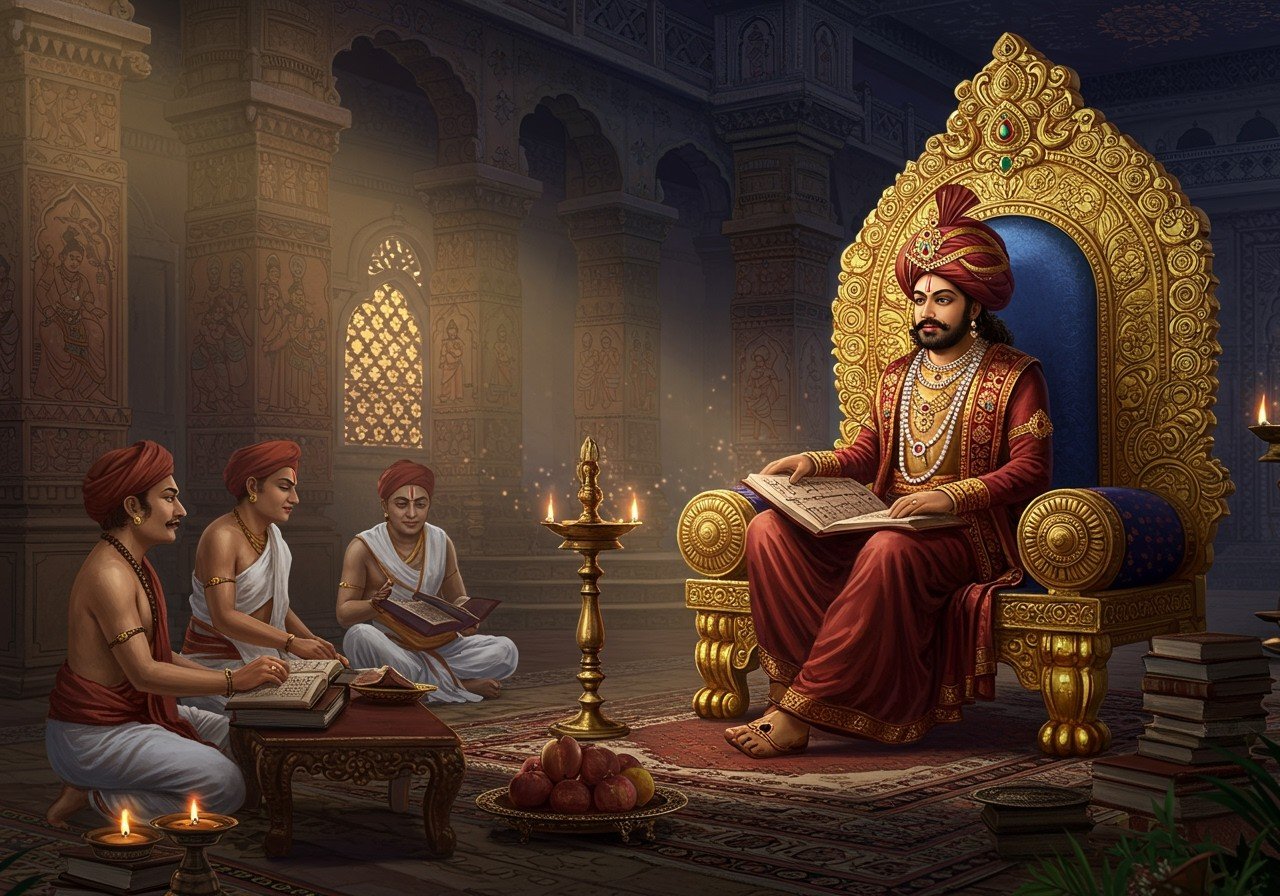
The Kanva Dynasty, a relatively short-lived yet significant power, reigned over parts of India from approximately 75 BCE to 28 BCE. Succeeding the Shunga Dynasty, the Kanvas, of Brahmin lineage, played a vital role in shaping the political and cultural landscape of the time. This article explores the history, timeline, and contributions of the Kanva Dynasty, offering valuable insights for those interested in India’s rich heritage.
The Rise of the Kanvas
The Kanva Dynasty’s founder, Vasudeva Kanva, initially served as a minister within the Shunga court. In a dramatic turn of events, he overthrew the last Shunga ruler, Devabhuti, around 75 BCE, establishing the Kanva Dynasty. With their capital at Pataliputra (modern-day Patna), a strategically important city, the Kanvas consolidated their power and influence.
Timeline of the Kanva Rulers
- Vasudeva Kanva (c. 75–66 BCE): The founder of the dynasty, Vasudeva Kanva, seized control of Magadha, laying the foundation for Kanva rule. His reign marked a significant transition of power in the region.
- Bhumimitra (c. 66–52 BCE): Succeeding his father, Bhumimitra, continued the established policies, striving to maintain stability within the kingdom. His rule is characterized by efforts to consolidate the gains made by his predecessor.
- Narayana (c. 52–40 BCE): Narayana’s reign witnessed internal challenges and conflicts, but he successfully preserved the kingdom’s integrity. His ability to navigate political complexities ensured the dynasty’s survival.
- Susarman (c. 40–28 BCE): The final Kanva ruler, Susarman, faced increasing external threats and internal strife, which ultimately led to the dynasty’s decline. His reign marked the end of an era.
Administration and Governance Under the Kanvas
The Kanvas largely adopted the administrative structure of their predecessors, the Shungas, maintaining a centralized government with Pataliputra as the administrative center. Key aspects of their governance included:
- Emphasis on Brahmanical Traditions: As Brahmins themselves, the Kanvas placed a strong emphasis on Brahmanical traditions and rituals, which significantly influenced their policies and governance.
- Military Strength: A robust military was maintained to defend the kingdom against external threats and maintain internal order. This focus on military power was crucial for survival in a volatile political climate.
Cultural and Religious Landscape
The Kanvas were patrons of Brahmanism and continued the religious practices of the Shungas. Their support for Vedic rituals and temple construction contributed to the cultural continuity of the period.
Economic Activities and Trade
Despite facing frequent conflicts, the Kanvas recognized the importance of trade and commerce for economic prosperity. They maintained existing trade routes and likely implemented policies to encourage economic activity, as evidenced by coins from the period.
The Fall of the Kanvas and Their Legacy
Around 28 BCE, the Satavahanas, a rising power in the Deccan region, defeated Susarman, bringing an end to the Kanva Dynasty. Despite their relatively short reign, the Kanvas left a notable mark on Indian history. They served as a crucial link between the Shunga and Satavahana periods, preserving Brahmanical traditions and contributing to the evolution of ancient Indian culture and administration.
Explore Authentic Ritual Items at Poojn.in
Connect with India’s rich cultural heritage through Poojn.in. We offer a wide selection of authentic puja items perfect for observing Vedic traditions:
- Copper and Brass Items: Discover beautifully crafted pure copper and brass items for traditional Vedic rituals. Our collection includes a variety of ritual vessels, lamps, and statues.
- Incense and Dhoop: Enhance your spiritual practice with our range of natural incense and dhoop. These aromatic offerings create a sacred atmosphere for your ceremonies.
Visit Poojn.in today to explore our complete collection and enrich your understanding of ancient Indian traditions.
Further Exploration: Related Articles
- Kandariya Mahadeva Temple: Religious Importance and History
- Badami Cave Temples: Chalukya Dynasty Architecture


